Red Sea crisis helps container shipping lines increase profits
From a net loss of $700 million in the fourth quarter of 2023, container shipping lines' net profit improved, increasing by $5.4 billion in the first three months of 2024.
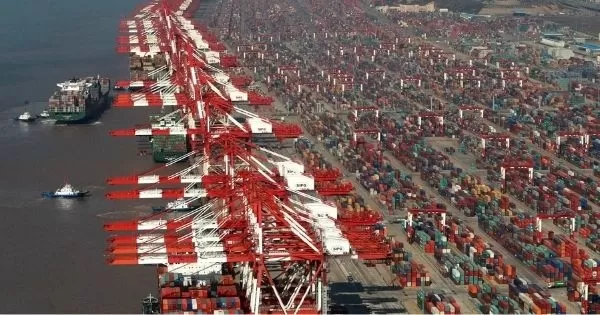
Shanghai port (Source: Imgur)
Although world container transport has faced many crises in recent times, it has helped shipping companies increase profits. Carriers' profits surged due to the pandemic, followed by a sustained downward price adjustment. However, the downward trend was suddenly stopped due to the shift in the Red Sea, and has continued to increase the net profits of shipping lines by more than 6 billion USD.
Such shifts could further boost shipping lines' profits as peak season volumes cause demand to surge, according to consultants Maritime Strategy International (MSI).
From a net loss of 700 million USD in the fourth quarter of 2023, net profits have improved, increasing by 5.4 billion USD in the first three months of this year. This number is still down sharply from the first quarter of last year when carriers achieved a profit of $13.7 billion.
According to Blue Alpha Capital analyst John McCown, the Asia-to-Europe route absorbs about 8% of global capacity. Absorbing that capacity has helped deliver quick profits for carriers, as MSI noted in its March Horizon report that spot freight rates from Asia to Europe fell to US$3,189/FEU in at the end of March, from US$5,492/FEU in January.
By May, MSI’s Horizon noted, “After three months of decline over February-April, spot freight rates shot up significantly and unexpectedly in the first half of May.”
Using Xeneta data, MSI said Far East-North Europe freight reached $3,805/FEU on May 14, about 20% higher than at the end of April.
“This was partly driven by a push by major carriers to lift rates through GRIs on the 1 May. However, for the GRIs to stick, the market must be grounded in healthy demand-supply fundamentals.”
According to MSI, the General Rate Increases was successful for many reasons, including increased demand, with North European trades seeing a 7.7% increase in volume; port congestion in Asia and Europe, especially in the Western Mediterranean; and the diversions around the African Cape explains the price increase.
The significant increase in transshipment volumes in Spain and Morocco, especially Barcelona, Valencia and the Port of Tanger, means congestion due to restrictions directly caused by the actions of the Houthi rebels in the Red Sea, when ships divert through the Cape of Good Hope and use feeder vessels to serve Eastern Mediterranean destinations, rather than calling directly after transiting Suez.
MSI data shows deployments on intra-Mediterranean (intra-Med) routes increased by 36,000 TEUs and on Nordic-Med routes increased by 68,000 TEUs.
Regarding the forecast, MSI believes that, “As the Red Sea crisis has no end for the foreseeable future and with the peak season ahead, the explosive cocktail of severe port congestion, increased seasonal demand, and the continuation of the Cape of Good Hope diversions could end up supercharging Asia-Europe spot freight rates to significantly higher levels than they already stand.”
See more:
Source: Phaata.com (According to ContainerNews)
Phaata.com - Vietnam's First International Logistics Marketplace
► Find Better Freight Rates & Logistics Services!
















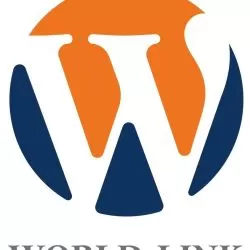





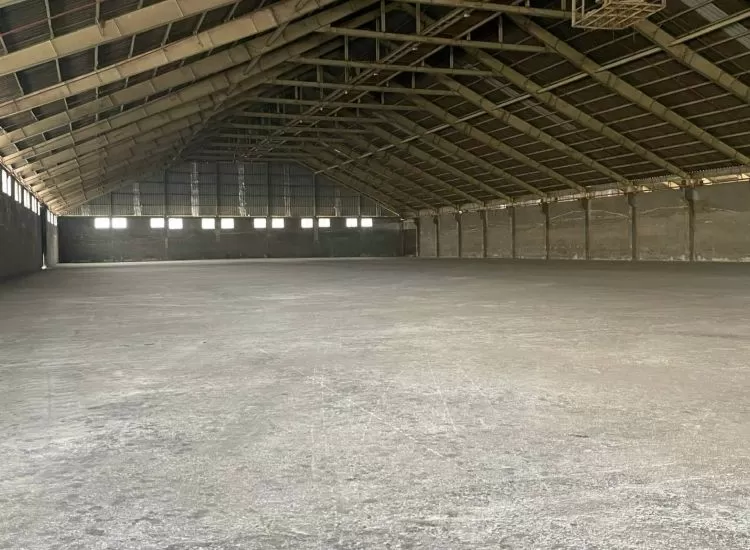
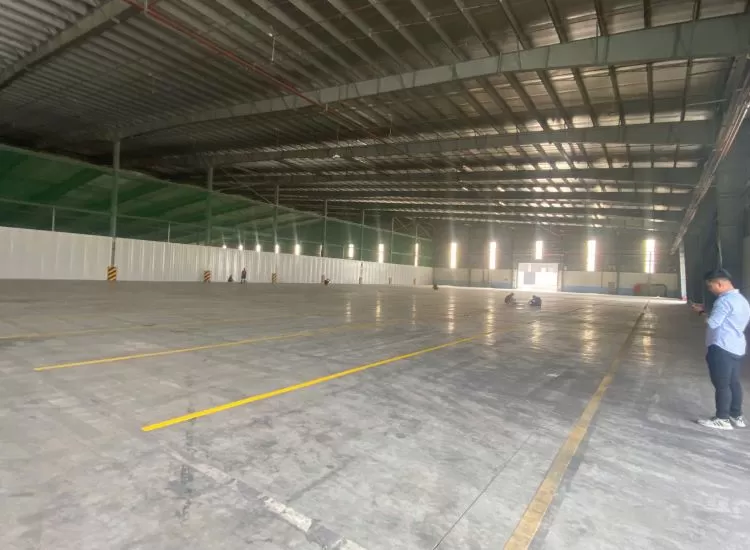
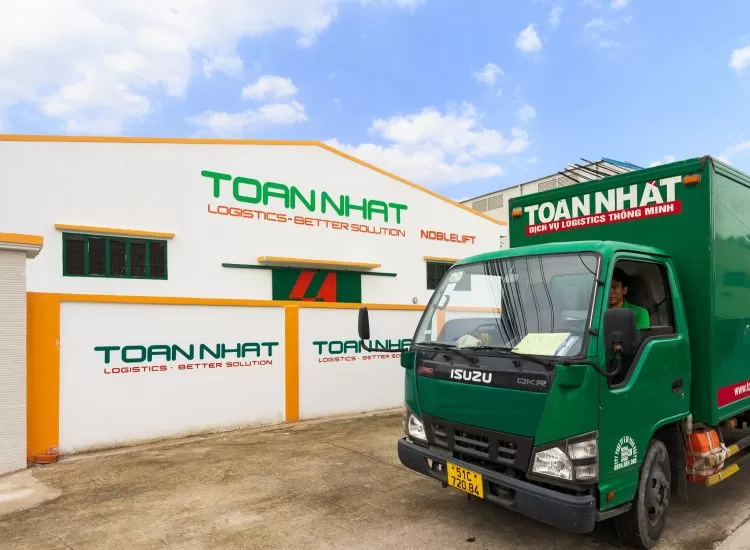
.webp)
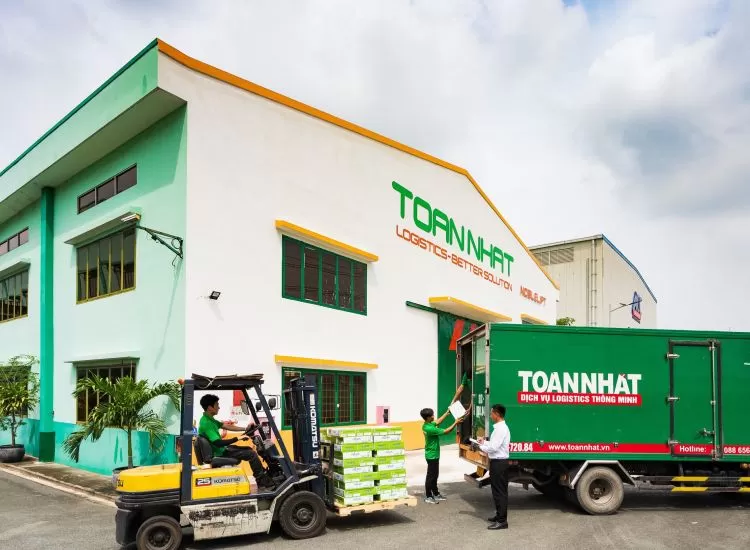
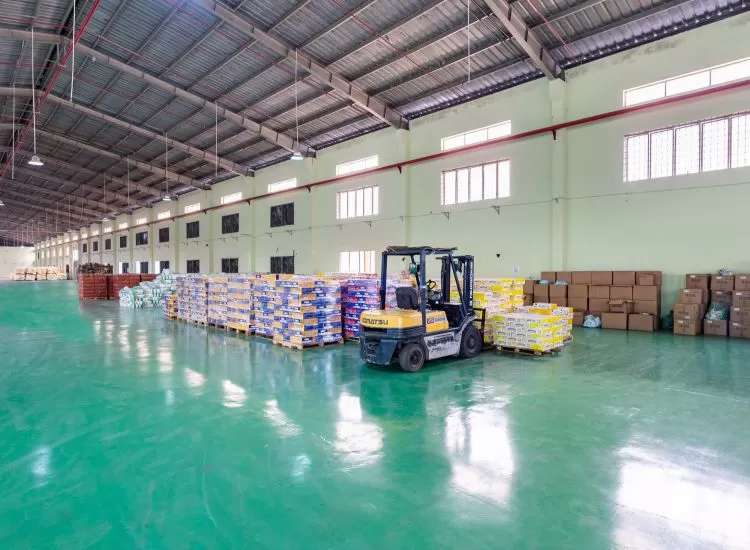



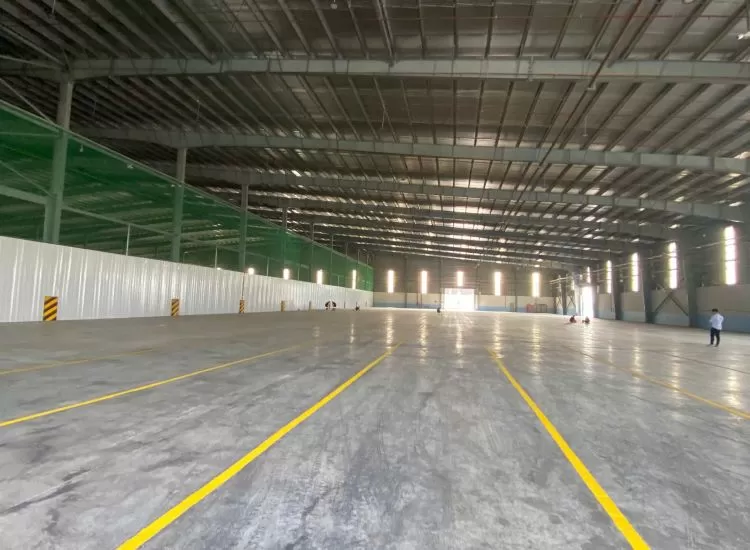
.webp)
.webp)
.webp)


